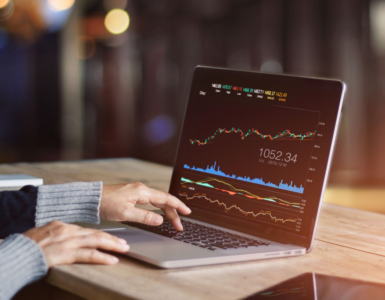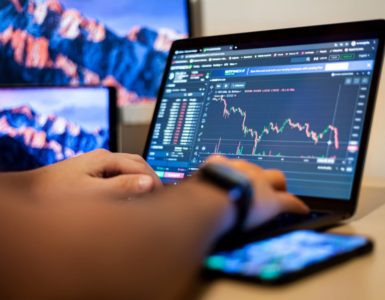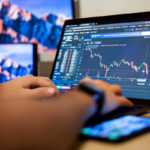Forex trading has high volatility compared to other available financial markets. Managing the risks is the key to enjoying profitable trading.
While learning about the Foreign exchange market it is essential to get familiar with the risks so you know what you are getting into.
People often go into Forex trading thinking they are going to earn quick money and are disappointed when confronted with the reality that not all investments yield profit.
Risk Management Of Forex Trading
Poor risk management in Forex trading can result in serious financial losses Here is a detailed discussion on the best ways to minimize risk with effective management strategies.
Educate Yourself
Forex trading beginners need to learn as much as they can about the ins and outs of trading. Learning is a continuous process, and no matter how much experience you gain, there is always something new to learn and explore.
You can find articles, webinars, videos, and online courses to know more about it.

Using Stop Loss
Profit and loss, both are part of Forex trading. If you are entering the market hoping the value of the asset will increase but it ends up decreasing, and when the value hits the stop-loss p
rice, the trade will close automatically to prevent any further loss.
It is essential to understand that the market can get a bit erratic sometimes, and there can be price gaps that affect the effectiveness of the spot loss. Erratic market behavior prevents the stop loss from executing the predetermined level and often gets activated when it reaches the level next time.
A good rule to remember is to minimize losses is to set the stop loss at a level, you do not lose more than two percent of the trading balance. After choosing a stop-loss level it is better to stick with it and not constantly change it.
Some different types of stop losses are as follows:
- Volatility stop
- Margin stop
- Equity stop
- Chart stop
If your loss ratio is higher than the profits, it is time to analyze the stops and adjust the levels.
Secure Profits With Take Profit
Take Profit is a tool whose purpose is opposite to stop loss. Stop loss is used to automatically close the trade to avoid further losses; Take Profit closes the trade when a certain profit level is achieved.
The tool makes it possible to set clear expectations for every trade. You can choose a profit target and the level of risk. The ideal reward to risk ratio for any trade is at least 2:1
Take Profit is an excellent tool as it can help traders maintain discipline during trade and encourage you to pay attention to the risk and reward ratio.
Consider Affordability
A key element of managing Forex trading risks is to ensure you never risk more than your affordability. It seems like an obvious consideration, but people often break this rule. The idea of earning a huge profit is attractive, and people often overlook the risk level.
The foreign exchange market can be unpredictable, so it is not smart to put all your eggs in one basket. Make sure you know how much you can afford, and you will be aware of the suitable level of risk.
Limiting The Use Of Leverage
Leverage allows traders to magnify the profit made from trading accounts. It can also magnify the losses as it increases the potential risk. The Forex risk is directly proportional to the leverage.
Beginner Forex traders should limit their exposure by using low leverage. It will keep you safe from major financial losses.
Realistic Profit Expectations
Forex traders are often tempted to take unnecessary risks because they come up with unrealistic expectations. They believe that aggressive trading is the key to earning the best returns on their investments. But the truth is that a conservative approach and realistic goals are most likely to earn good profit.
Forex Trading Plan
Basing all the trades on your instinct is never a smart move. Every Forex trader needs to have a trading plan to manage the risks. The trading plan must include important points like opening and closing trade time, minimum reward-to-risk ratio, and risk percentage for every trade.
Having a plan can bring discipline to Forex trading and make it easier to manage risks.
Conclusion
Every Forex trader has different preferences so the risk management can vary from trader to trader. No matter what your capacity for risk, it is vital to identify potential forex trading risks and have a plan to deal with them.












